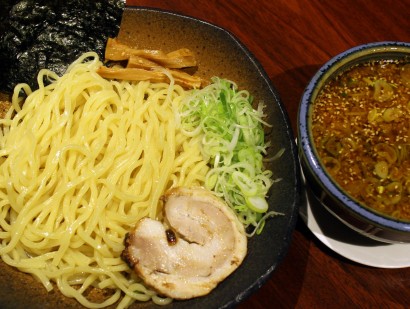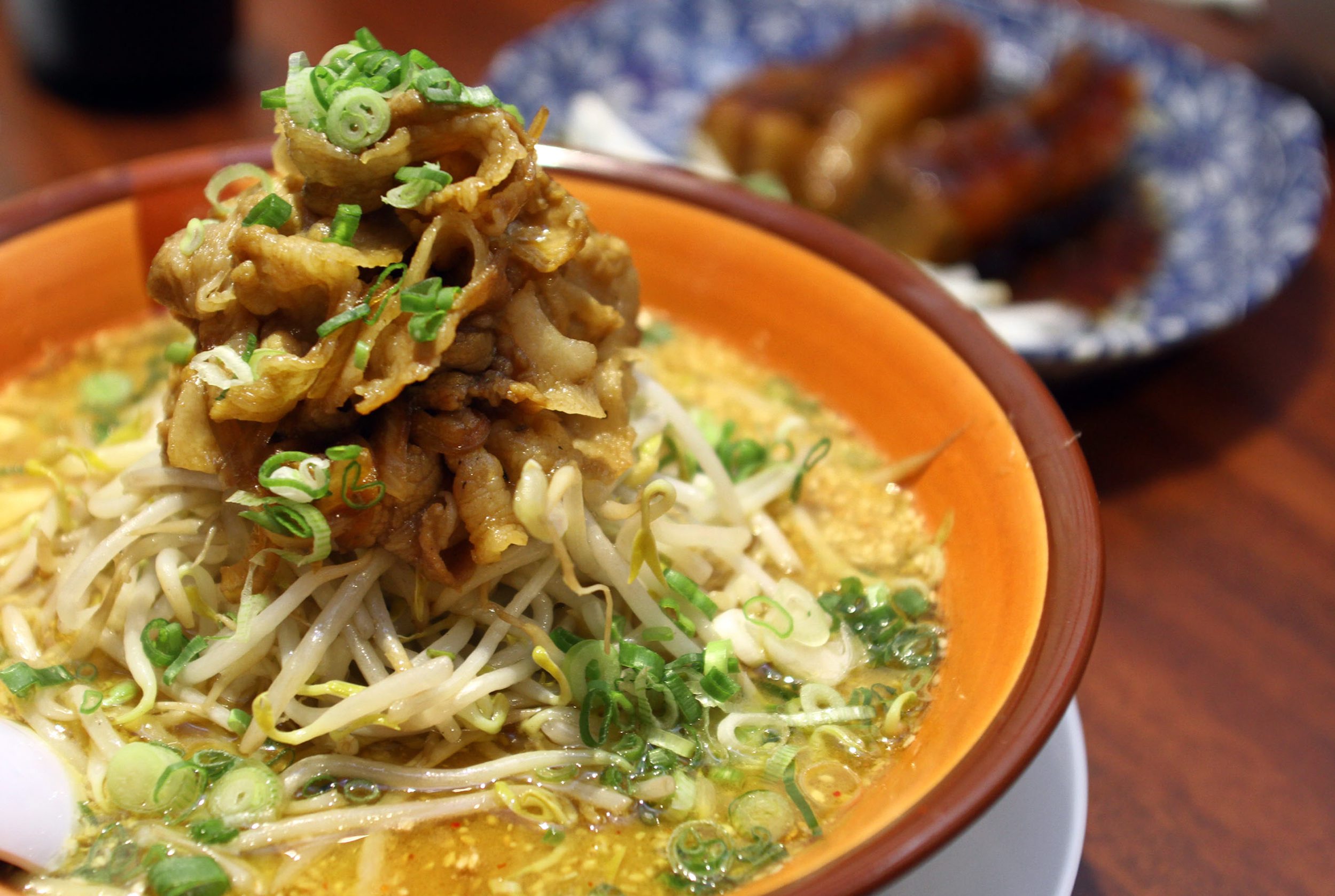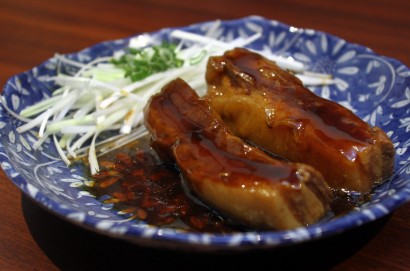Bankara Ramen promises to bring the real taste of ramen to the people of Malaysia.
A NEW star has been flown in from the land of the rising sun. Yes, it’s none other than Tokyo’s ramen specialist, Bankara Ramen.
With over 60 outlets across Japan under the Bankara and Seibei brands, and international locations in Bangkok and Jakarta, Bankara Malaysia’s flagship outlet has an exquisite façade.
You cannot escape the sight of a distinctively traditional-designed Japanese restaurant as you step off the escalator at level two. Drawing inspiration from the Samurai house and traditional warehouse vaults, the white Noren, a traditional fabric divider with Japanese calligraphy, greets customers. The restaurant’s kitchen, which is positioned at the left corner of the entrance, has a glass panel which gives you a full view of the food preparation.
Irasshaimase! The workers honorifically address you as you walk in. It is a guarantee that you will be transported into a little Japan, where the flooring reflects a homely Japanese mood. Adorning the walls are the framed calligraphy murals and paintings which are hand-painted by Kusano-san himself, the founder. The beautifully intricate wood carvings at the private family seats and spacious dining tables make it a perfect venue for family or company meals.

“Having a capacity of 80 seats, Bankara Ramen promises to bring the real taste of ramen to the people of Malaysia,” says Aaron Lee, managing director for Slurp and Burp Concepts.
There are four extraordinary varieties of ramen to choose from at Bankara.
Lee emphasises that, “the noodles and broth are distinctive and this is the pivotal difference among the other regular Ramen outlets.”
The four types of ramen are the original Bankara signature style Ramen, Hakata-style Tonkotsu ramen, Saporo-style Miso ramen and Tsukemen. Each can be personalised with additional toppings like pork, corn, seaweed, veggies and different-sized noodles.
The six highly recommended dishes include a starter, the main, and a dessert. To kick-start the Bankara experience, a hot cup of green tea is recommended as a clean and neat neutraliser.
The Tori Karaage which simply means deep-fried marinated chicken should not be mistaken as another typical fast food but as an excellent starter. These golden-brown crispy chicken pieces are served hot in a bowl, complemented with a slice of lemon to give a sourish kick.
Next, the Kakuni Bankara, which is noodles medium in size, are served with chasu, bamboo shoots, dried seaweeds, Japanese onion plus the signature Kakuni, also known as braised pork belly. The gorgeous thick broth is ultimately the best ramen to start with.
As you look around the table, you will notice that a lot of garlic pips. All you have to do is use the presser provided and nice strips of garlic will fall off. The function? Well, to change the character of the broth entirely. Just a tinge of garlic and the broth acquires a unique taste. (A useful tip just in case you get fed up with the thick broth.)
The next ramen is the Buta Miso. It may be the cousin to laksa because of its use of bean sprouts (tauge), but the broth and noodles have their Japanese touch. The miso soup has a sharp taste of bean sprouts and is served with Bankara’s signature stir-fried pork belly slices and spring onions.
The third type of ramen is the Tsukemen. It is literally a plate of thick cold noodles, complemented by a separate bowl of hot spicy soup, full of sesame seeds. It is also served with chasu, bamboo shoots and dried seaweed. This amazing ramen is unique because the noodles are not soaked in broth; instead, you need to dip the noodles in the soup. Considering that this ramen is the lightest to the appetite, the miso has the strongest taste and heaviest combination.
As for the Kakuni Saramori, it is a very tender and succulent slice of the Bankara special braised pork belly, topped with Japanese onion. The trick to eating this stunning dish is to wrap the onion strands around the meat. The onion balances out the sweetness of the meat with the spice. It really melts in your mouth.
If you want a rice dish, the Negi Buta Meshi is this glorious Japanese steamed rice with chopped chashu drenched in special sweet soya sauce topped with Japanese onion and seaweed. Yes, this is filled to the brim, so consider having this dish on its own.
For dessert, you must try the Annin Tofu which is an almond pudding-tofu. It is soft in texture and is served in a sugar syrup. This cold dessert has a smooth aftertaste and is a perfect end.
So, if your taste buds want to experience Japan, a visit to Bankara is not a bad idea.






